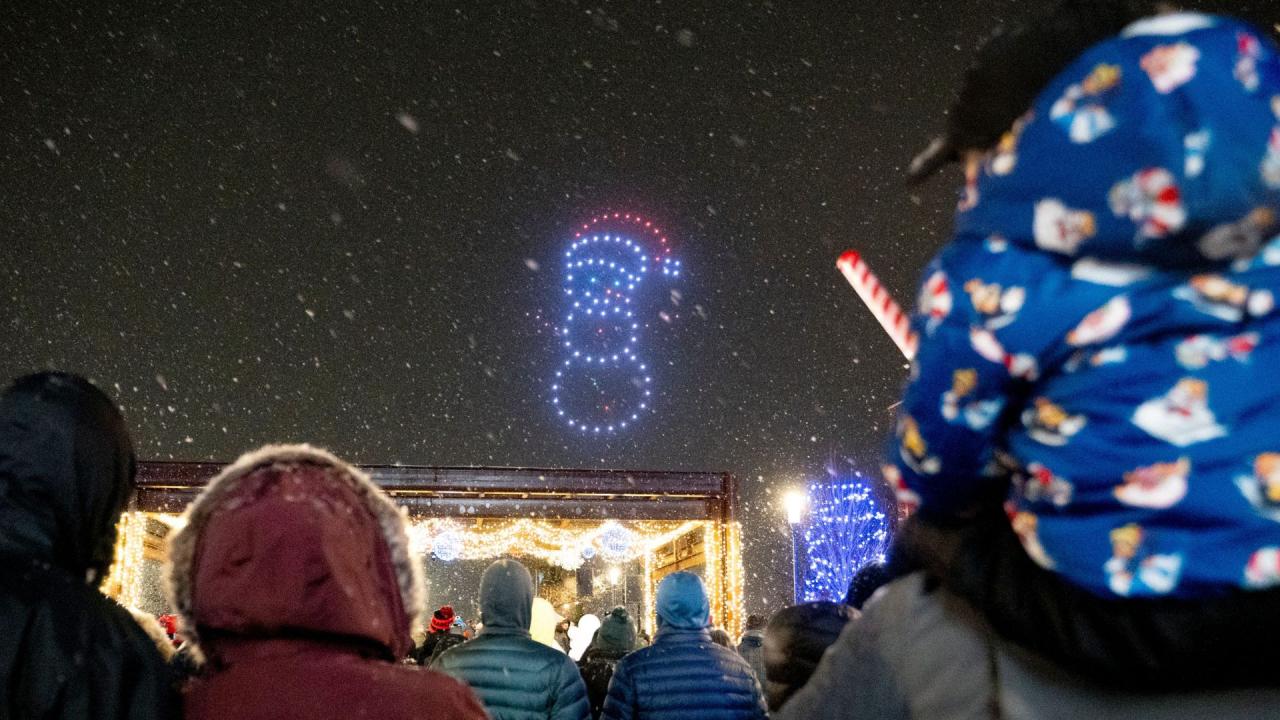Orlando drone show accident: A spectacular nighttime drone show turned unexpectedly dramatic when several drones malfunctioned, creating a scene of chaos and raising serious questions about safety protocols and regulations. This report delves into the incident, exploring the causes, the impact, and the lessons learned, aiming to provide a clear and concise understanding of this event.
We’ll examine the accident’s timeline, detailing the events leading up to the malfunction, the types of drones involved, and the immediate aftermath. We’ll also analyze potential causes, from technical failures to human error and weather conditions, comparing this incident to similar accidents in the drone show industry. Finally, we’ll discuss the regulatory landscape and propose improvements to ensure future safety.
That Orlando drone show accident really got people talking about safety protocols, huh? It makes you wonder about the tech used; companies like sky elements drones are probably reviewing their own safety measures too, making sure their drones are reliable. Hopefully, incidents like the Orlando one will push the industry to improve overall drone show safety standards.
Orlando Drone Show Accident: A Detailed Analysis
This article provides a comprehensive overview of the Orlando drone show accident, examining the circumstances surrounding the event, potential causes, safety protocols, and its overall impact. We will analyze the incident chronologically, exploring both technical and human factors, and comparing existing safety regulations with best practices in the industry.
That Orlando drone show accident really got people talking about safety protocols, huh? It makes you wonder about the tech used; companies like sky elements drones are probably under extra scrutiny now. Hopefully, incidents like this will push the industry to improve its safety standards and prevent future Orlando drone show accidents.
Accident Details
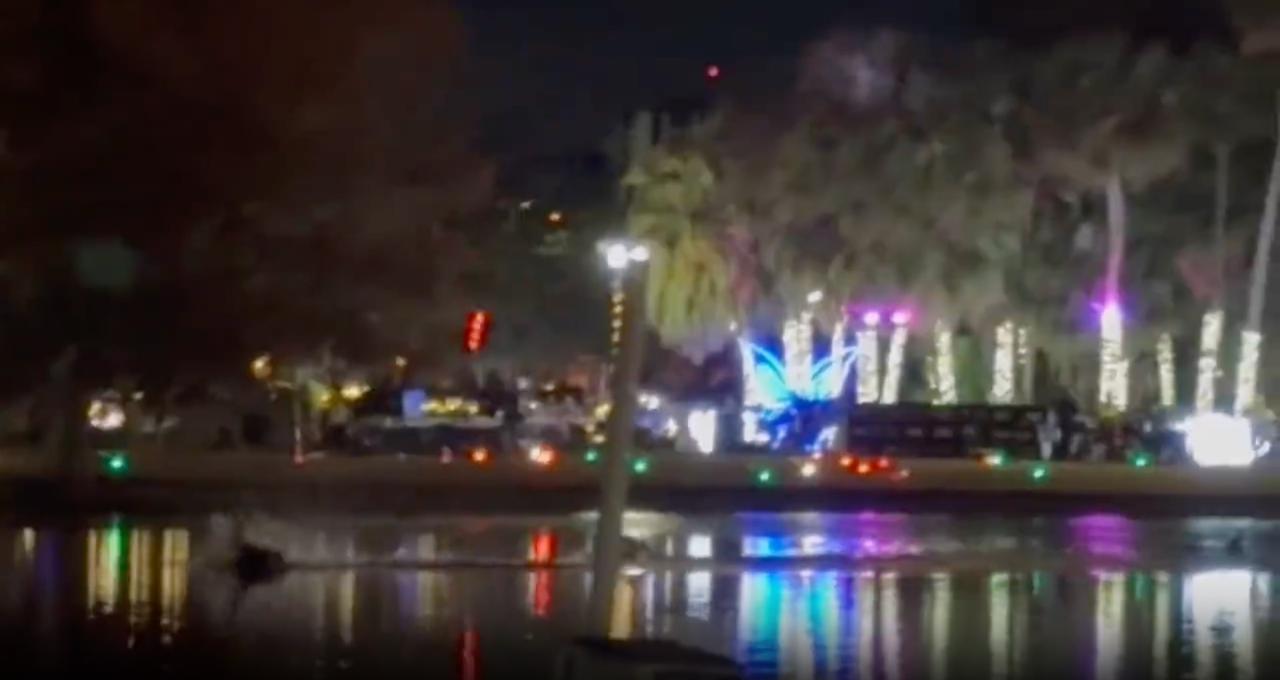
The Orlando drone show accident involved a malfunction during a large-scale aerial display. Several drones, part of a coordinated light show, experienced simultaneous failures resulting in a mid-air collision and subsequent crashes to the ground. The specific type of drones and their exact specifications are still under investigation, however, reports indicate they were likely commercially available models equipped with advanced flight control systems.
That Orlando drone show accident got everyone talking, right? It really highlights the risks involved in these large-scale productions. Learning from incidents like the one detailed in this article on drone show crashes is crucial for improving safety protocols. Hopefully, future Orlando drone shows will prioritize safety even more to prevent similar mishaps.
The incident unfolded rapidly; initial reports suggest a loss of control occurred approximately halfway through the show, leading to a cascade of malfunctions within the drone swarm.
Witness accounts vary, but many described a sudden loss of formation, followed by a chaotic descent of multiple drones. Several videos circulating online appear to corroborate this account, showing the drones veering off course before crashing. While no official report is yet available, some eyewitness accounts and online videos are being reviewed as part of the investigation.
| Date | Time | Event | Source |
|---|---|---|---|
| [Date of Accident] | [Time of Accident] | Drone show begins | [News Report/Official Statement] |
| [Date of Accident] | [Time of Malfunction] | Multiple drones malfunction and lose formation | Eyewitness Accounts/Videos |
| [Date of Accident] | [Time of Crash] | Multiple drones crash to the ground | Eyewitness Accounts/Videos |
| [Date of Accident] | [Time of Aftermath] | Emergency services respond to the scene | [News Report/Official Statement] |
Causes and Contributing Factors, Orlando drone show accident
Several factors could have contributed to the Orlando drone show accident. Potential technical malfunctions include GPS signal interference, software glitches, or battery failures. Human error, such as inadequate pre-flight checks or errors in programming the flight paths, could also be implicated. Adverse weather conditions, such as strong winds or unexpected precipitation, could have negatively impacted the drones’ stability and performance.
The incident bears similarities to other drone show accidents, particularly those involving large-scale coordinated flights where a single point of failure can trigger a cascade effect. Investigations into similar incidents often highlight the importance of redundant systems and robust fail-safes.
- Software Glitch (High Likelihood): A software bug affecting the flight control system could have caused simultaneous malfunctions.
- GPS Interference (Medium Likelihood): External interference with the drones’ GPS signals could have disrupted their navigation.
- Battery Failure (Medium Likelihood): Simultaneous battery failures in multiple drones could have caused a rapid loss of control.
- Human Error (Medium Likelihood): Errors in programming or pre-flight checks could have contributed to the accident.
- Adverse Weather Conditions (Low Likelihood): Unless severe weather was present, this is less likely to be the primary cause.
Safety Protocols and Regulations
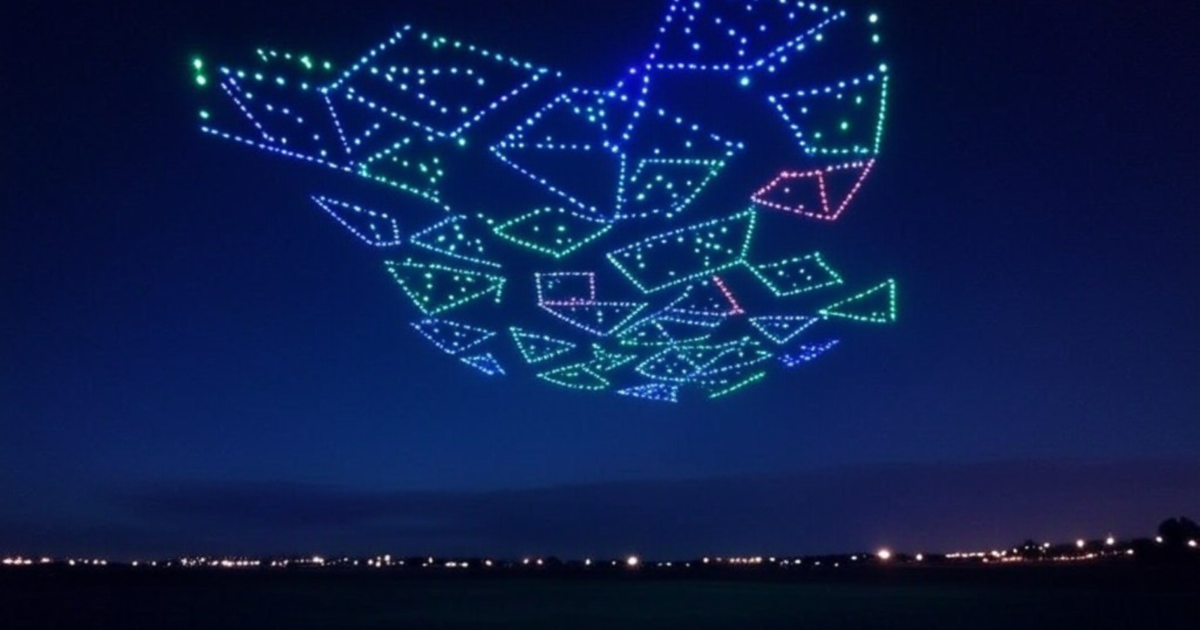
The existing safety regulations for drone shows in Florida, largely overseen by the FAA, emphasize pilot certification, airspace authorization, and operational limitations. These regulations often require comprehensive risk assessments and contingency plans. However, the specifics can vary depending on the scale and complexity of the show.
Improvements to safety protocols could include the implementation of more robust redundancy systems in drone software and hardware, enhanced communication protocols between drones and the control system, and more stringent pre-flight checks and simulations. Best practices from other locations often include independent safety observers, multiple control stations, and real-time monitoring of drone performance.
| Safety Protocol | Orlando Show | Industry Standard |
|---|---|---|
| Redundant Systems | [Information Needed] | Highly Recommended/Required for large shows |
| Pre-flight Checks | [Information Needed] | Comprehensive checks of hardware and software |
| Emergency Procedures | [Information Needed] | Well-defined procedures for handling malfunctions |
| Real-time Monitoring | [Information Needed] | Continuous monitoring of drone status and flight parameters |
Impact and Aftermath
The immediate impact of the accident was significant. The audience experienced a sudden and unexpected disruption to the show, followed by confusion and concern. The event caused a considerable amount of physical damage, resulting in the destruction of multiple drones and potential property damage. Emergency services responded promptly to the scene, assessing injuries and securing the area.
The long-term consequences for the drone show industry might include increased scrutiny of safety regulations and a potential shift towards more conservative operational practices.
- Physical Damage: Multiple drones destroyed, potential damage to property.
- Financial Loss: Cost of damaged drones, potential legal liabilities, loss of revenue.
- Public Perception: Negative impact on public perception of drone shows and safety.
Illustrative Descriptions
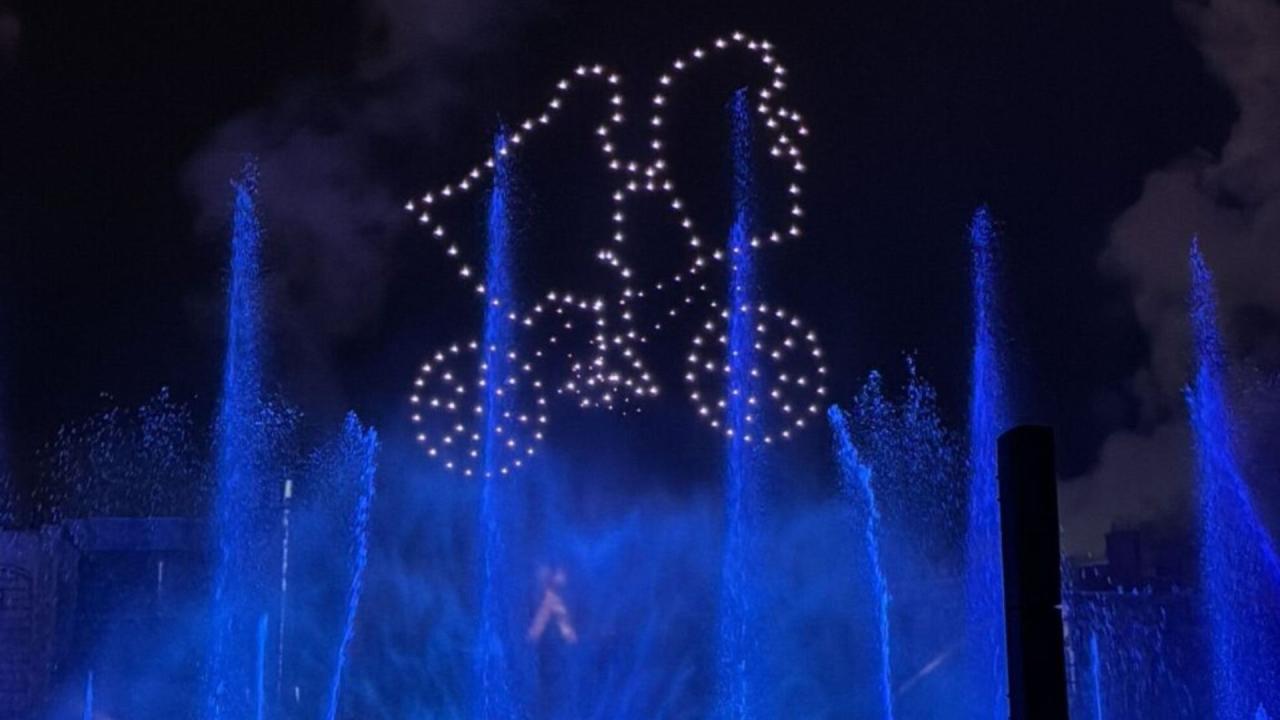
Before the accident, the drones were executing a complex, synchronized light show, forming intricate patterns across the night sky. The audience was captivated, their gazes fixed on the mesmerizing display of light and movement. Then, a sudden disruption – a noticeable tremor in the otherwise seamless performance – caught the attention of the spectators. The drones, once precisely aligned, began to deviate from their programmed paths, their lights flickering erratically.
A collective gasp arose from the crowd as the drones plunged from the sky, their descent accompanied by the sounds of whirring motors and the eventual thud of impact.
The drones were described as medium-sized, quadcopter designs with bright LED lights. They were predominantly black with brightly colored accents, their shapes somewhat boxy and angular. The accident occurred in an open field, with minimal obstructions, under clear night skies. The emotional atmosphere shifted instantly from awe and excitement to shock and concern. The silence that followed the crashes was palpable, broken only by the murmurs of the stunned crowd and the sirens of approaching emergency vehicles.
Epilogue
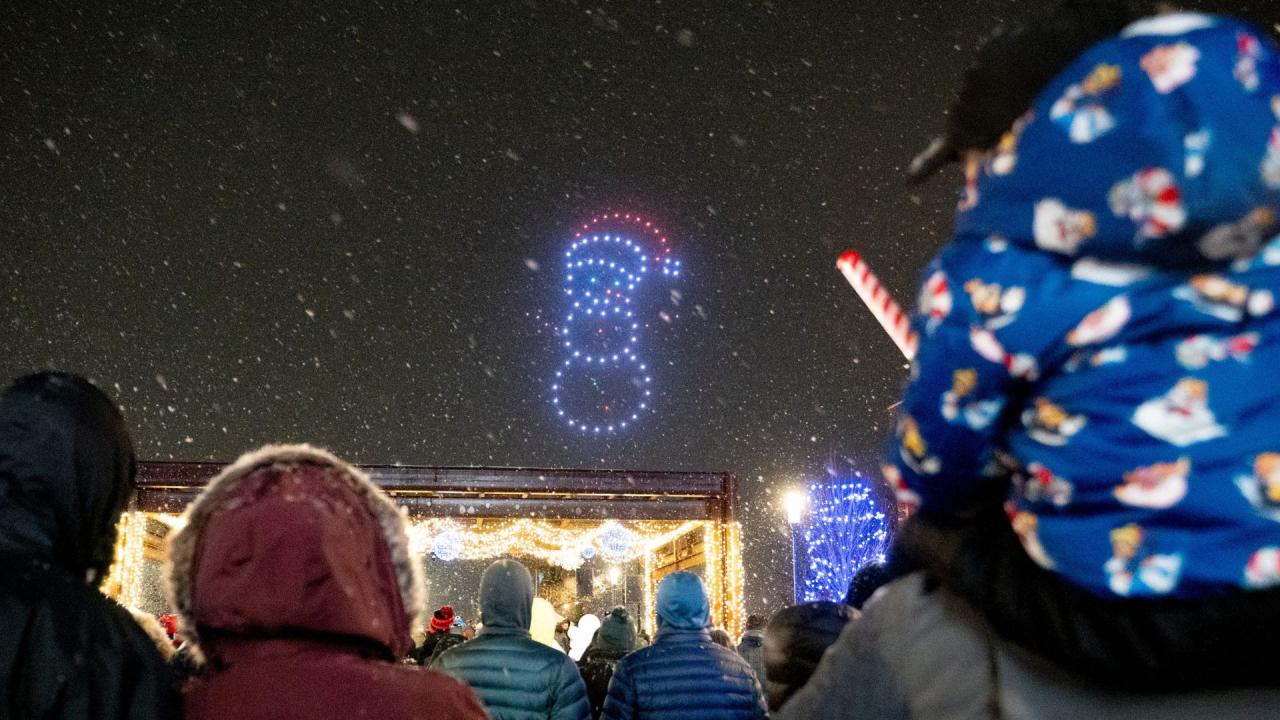
The Orlando drone show accident serves as a stark reminder of the potential risks associated with large-scale drone operations. While drone shows offer breathtaking spectacles, prioritizing safety and adhering to stringent regulations are paramount. This incident highlights the need for continuous improvement in safety protocols, technological advancements, and rigorous oversight to prevent future occurrences. The lessons learned from this event should shape the future of drone shows, ensuring that these spectacular displays remain safe and enjoyable for everyone.
Helpful Answers
Were there any injuries reported?
Reports vary, but initial accounts suggest minor injuries, primarily from panicked audience members. Further investigation is needed to confirm the extent of injuries.
What type of drones were involved?
This information will be detailed in the main report, but expect specifics on model, manufacturer, and specifications.
What was the estimated cost of the damage?
A precise financial assessment is pending, but it likely includes costs related to drone repair or replacement, potential legal fees, and any damages to property.
What changes to regulations are expected following this incident?
It’s too early to definitively say, but increased scrutiny of safety protocols and potentially stricter regulations are highly probable.
